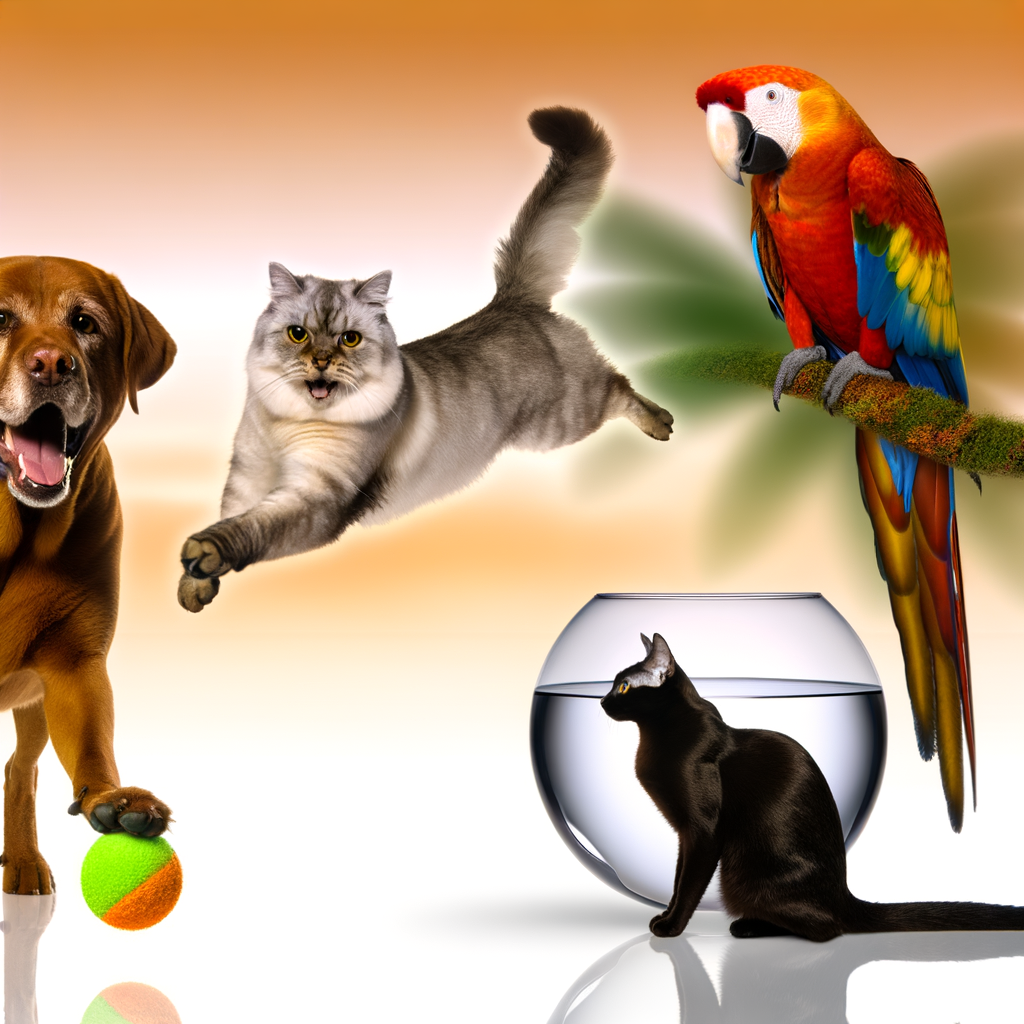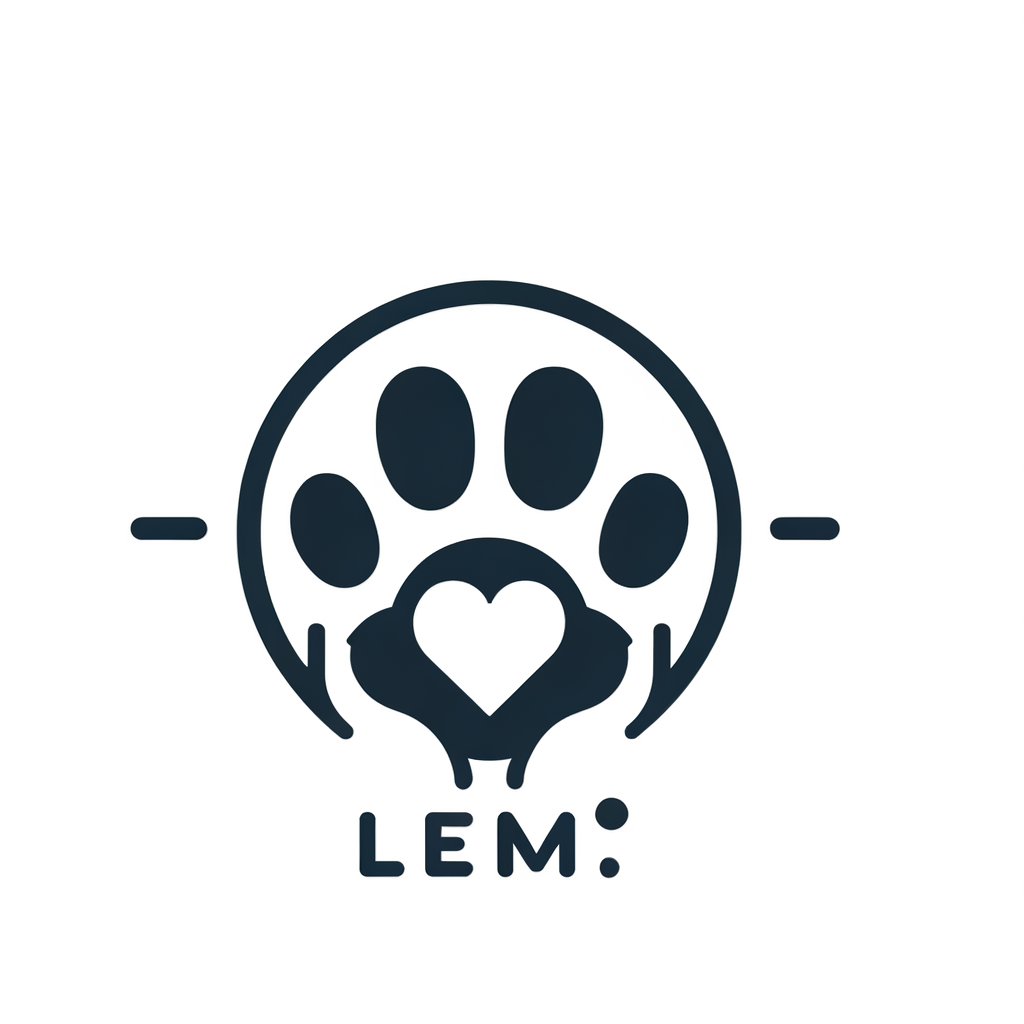Decoding the Whirls and Twirls: Understanding Your Pet's Tail Movements

If you’ve been around pets, particularly dogs and cats, you’ve probably noticed their expressive tail movements. Whirls, twirls, wags, and flicks – their tails seem to have a language all of their own. In essence, by understanding this language, you can gain a deeper insight into your pet’s emotions and overall well-being. So, let’s dive in and decode the whirls and twirls of pet tail language.
Firstly, it’s essential to understand that the tail serves several purposes for pets. It aids in balance, especially for cats navigating high places, and it’s a significant mode of communication among animals.
When a dog is happy or excited, you’ll likely see a rapid tail wag. This is akin to us humans having a broad grin. However, the whirls and twirls go beyond just these basic emotions. A slow wag with the tail at half-mast is a sign of mild contentment in dogs, while a tail that whirls in circles like a helicopter propeller indicates an extremely happy and excited dog.
In contrast, a tail tucked between the legs signifies fear or submission in both cats and dogs. A stiff, slow-moving tail often means that they are alert or anxious about something.
Cats are more subtle in their tail expressions. A cat holding its tail straight up signals happiness and a
